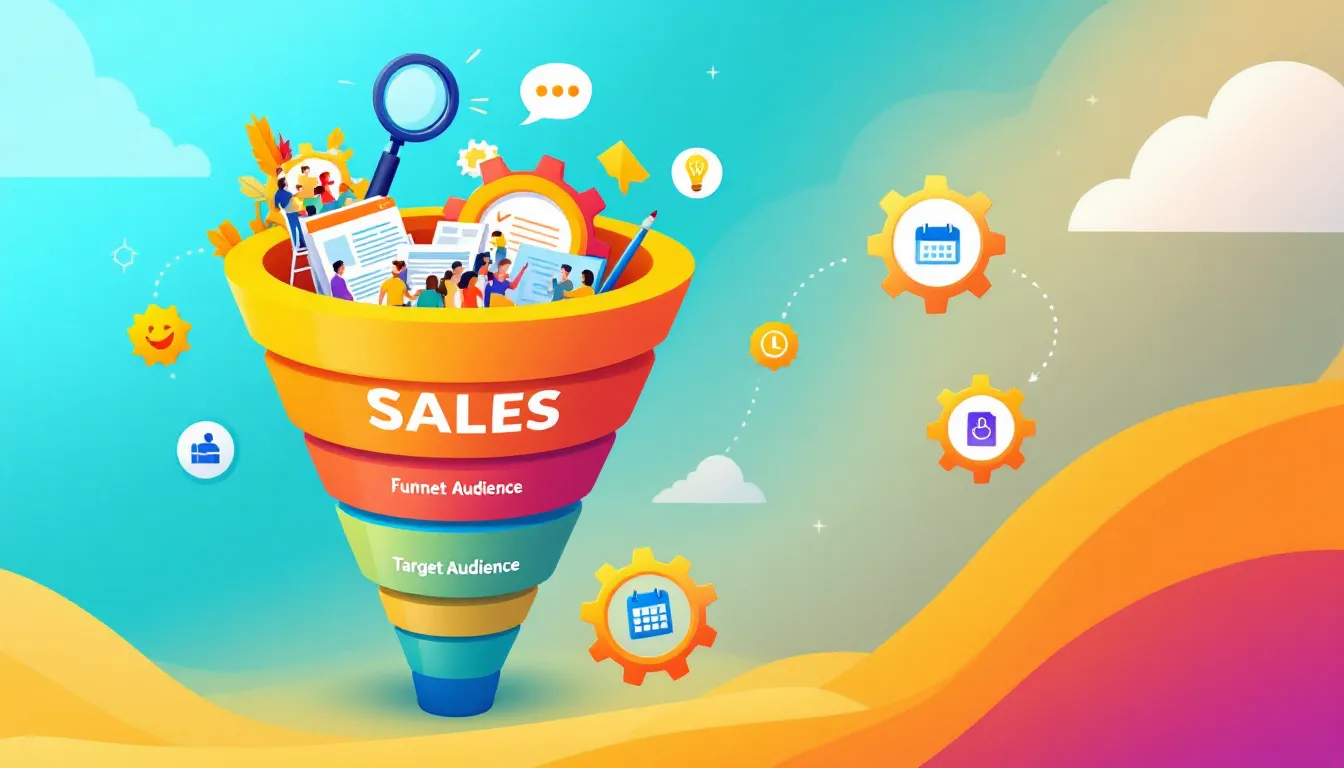leads Generation is crucial for business growth. This article covers how to attract potential customers, nurture them, and convert them into sales. Expect practical strategies, key techniques, and the latest trends in lead generation.
Key Takeaways
Lead generation is crucial for converting interested consumers into paying customers and requires a structured funnel to nurture prospects through various stages.
Effective lead generation involves understanding your audience, categorizing leads into types (MQLs, SQLs, PQLs), and utilizing both inbound and outbound strategies for outreach.
Continuous measurement of lead generation success through KPIs and analytics is essential, along with addressing common challenges like targeting, personalization, and lead qualification.
Understanding Lead Generation
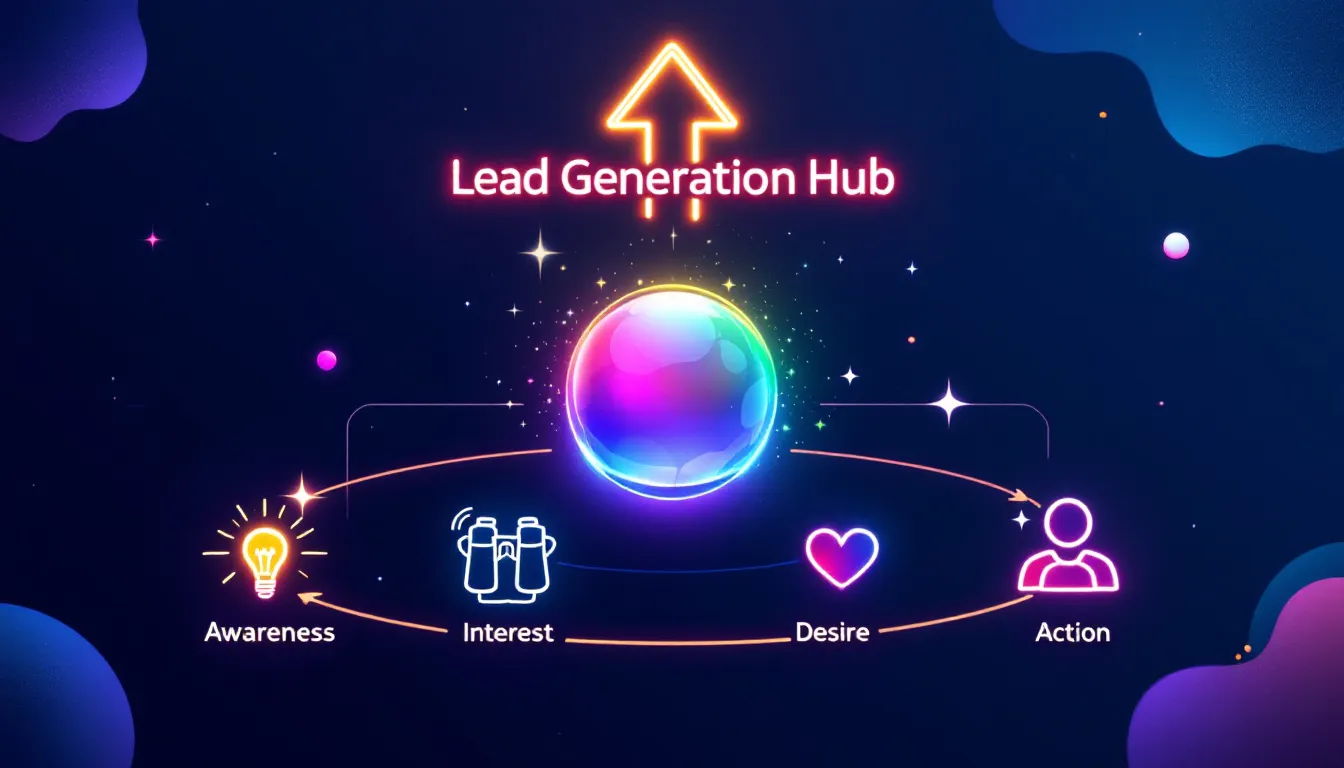
Lead generation is the lifeblood of any successful marketing strategy. It involves capturing consumer interest in products or services and converting that interest into sales. This process is not just about attracting random visitors but about engaging with potential customers who are genuinely interested in what you offer. Effective lead generation efforts are essential for guiding prospects through the sales funnel and ultimately turning them into paying customers in a lead generation campaign.
The lead generation process plays a pivotal role in business planning and development. Capturing potential customer information allows businesses to influence the sales cycle and customize marketing strategies to meet the target audience’s needs. Growth is driven by equipping sales teams with quality contacts that match the ideal customer profile. The primary goal of lead generation is to create interest. This interest is what ultimately leads to a sale.
Recognizing the significance of lead generation within a marketing strategy is pivotal. It bridges the gap between marketing efforts and sales, ensuring that the leads generated are qualified and ready for direct sales engagement. The lead generation funnel represents the journey from capturing lead information to making a purchase, highlighting the steps involved in nurturing and converting leads.
Definition of Lead Generation
Lead generation is the process of attracting and converting potential customers into paying customers. It involves creating and distributing valuable content to capture the attention of potential customers, building interest in a product or service, and turning that interest into a sale. The goal of lead generation is to drive revenue growth and business expansion by providing sales teams with a contact base of consumers that match the ideal customer profile.
Effective lead generation efforts are essential for guiding prospects through the sales funnel, from initial awareness to final purchase. By understanding the needs and behaviors of potential leads, businesses can create targeted marketing campaigns that resonate with their audience and encourage engagement. This process not only helps in capturing interest but also in nurturing leads until they are ready to make a buying decision.
Importance ofLead Generation in Business
Lead generation is vital for any business’s growth. By focusing on generating high-quality leads, businesses can increase revenue from conversions, build trust with their audience, and establish a strong foundation for long-term success. Effective lead generation strategies can help businesses differentiate themselves from competitors, improve their sales cycle, and ultimately drive business expansion.
High-quality leads are more likely to convert into paying customers, providing a higher return on investment for marketing efforts. Additionally, a robust lead generation strategy can enhance brand visibility and reputation, making it easier to attract and retain customers. By continuously refining and optimizing lead generation tactics, businesses can stay ahead of market trends and maintain a competitive edge.
Identifying Your Target Audience
Identifying your target audience is a crucial step in the lead generation process. It involves understanding the demographics, behaviors, and preferences of your ideal customer and creating detailed profiles to guide your marketing efforts. Knowing your target audience allows you to tailor your messaging and offers to meet their specific needs, increasing the likelihood of generating high-quality leads.
A deep understanding of your target audience helps in creating personalized and relevant content that resonates with potential leads. This approach not only attracts more qualified leads but also enhances the overall effectiveness of your lead generation strategies. By focusing on the right audience, businesses can maximize their marketing efforts and achieve better conversion rates.
Creating Buyer Personas
Creating buyer personas is an essential part of identifying your target audience. A buyer persona is a semi-fictional representation of your ideal customer, including their demographics, goals, challenges, and behaviors. By creating buyer personas, you can tailor your marketing efforts to specific audience segments, increasing the effectiveness of your lead generation strategies.
Buyer personas help in understanding the motivations and pain points of your target audience, allowing you to create content and offers that address their specific needs. This targeted approach ensures that your marketing messages resonate with potential leads, making them more likely to engage with your brand and move through the sales funnel. By continuously updating and refining your buyer personas, you can stay aligned with changing market dynamics and customer preferences.
Understanding Pain Points and Needs
Understanding the pain points and needs of your target audience is critical to creating effective lead generation strategies. By identifying the challenges and problems your audience faces, you can create content and offers that address those needs, building trust and credibility with potential customers. This, in turn, can help you generate high-quality leads and drive conversions.
Addressing pain points in your marketing efforts shows potential leads that you understand their struggles and have solutions to offer. This approach not only attracts more qualified leads but also fosters long-term relationships with customers. By continuously monitoring and addressing the evolving needs of your target audience, you can ensure that your lead generation strategies remain relevant and effective.
The Lead Generation Process Explained
Effectively generating leads requires a deep understanding of the lead generation process and its components. The journey begins with understanding your audience’s demographics, preferences, and pain points. This knowledge allows you to create targeted marketing campaigns that resonate with your potential leads and address their specific needs.
A critical aspect of the lead generation process is defining a lead generation funnel. This structured approach is vital because not all qualified leads are ready to purchase at first contact. The funnel helps nurture these leads through various stages until they are prepared to make a buying decision. Lead capture mechanisms, such as offers, sign-ups, and calls-to-action, are essential for converting interest into leads.
Once leads are captured, the next step is lead qualification. This process determines if a prospect is suitable for your company, enabling effective conversion strategies that can change leads into high-quality prospects. Lead scoring systems assign numerical values based on leads’ behaviors and interactions, helping prioritize leads that are more likely to convert. This step ensures that marketing and sales teams focus their efforts on the most promising leads.
The lead generation process also involves continuous refinement and optimization. Regularly analyzing campaign performance data and refining strategies based on insights can significantly enhance conversion rates. Understanding and implementing these steps allows businesses to build a robust lead generation system that consistently produces high-quality leads.
Key Types of Leads
Identifying and categorizing leads is crucial for tailoring your lead generation strategy. There are several key types of leads, each with distinct characteristics and levels of engagement.
Marketing Qualified Leads (MQLs) are identified through behaviors indicating interest, such as content downloads or webinar participation. These marketing qualified lead have shown interest in your offerings but may not be ready to make a purchase yet.
Sales Qualified Leads (SQLs) are leads that have been evaluated by the sales team and are considered ready for direct engagement. These sales qualified lead show a strong intent to purchase and are often prioritized for sales follow-ups.
Product Qualified Leads (PQLs) are users who have interacted with a product, often through trials, indicating a readiness to convert. Meanwhile, Service Qualified Leads express interest in services but may not have used the product, making them a type of qualified lead. To effectively qualify leads, businesses must understand the differences between these types.
Understanding the different types of leads helps businesses tailor their lead generation efforts more effectively. Categorizing leads by their level of interest and engagement helps marketing teams develop targeted campaigns that address each lead type’s specific needs.
This approach ensures that marketing and sales efforts are aligned, leading to higher conversion rates and more efficient lead management.
Effective Lead Generation Strategies
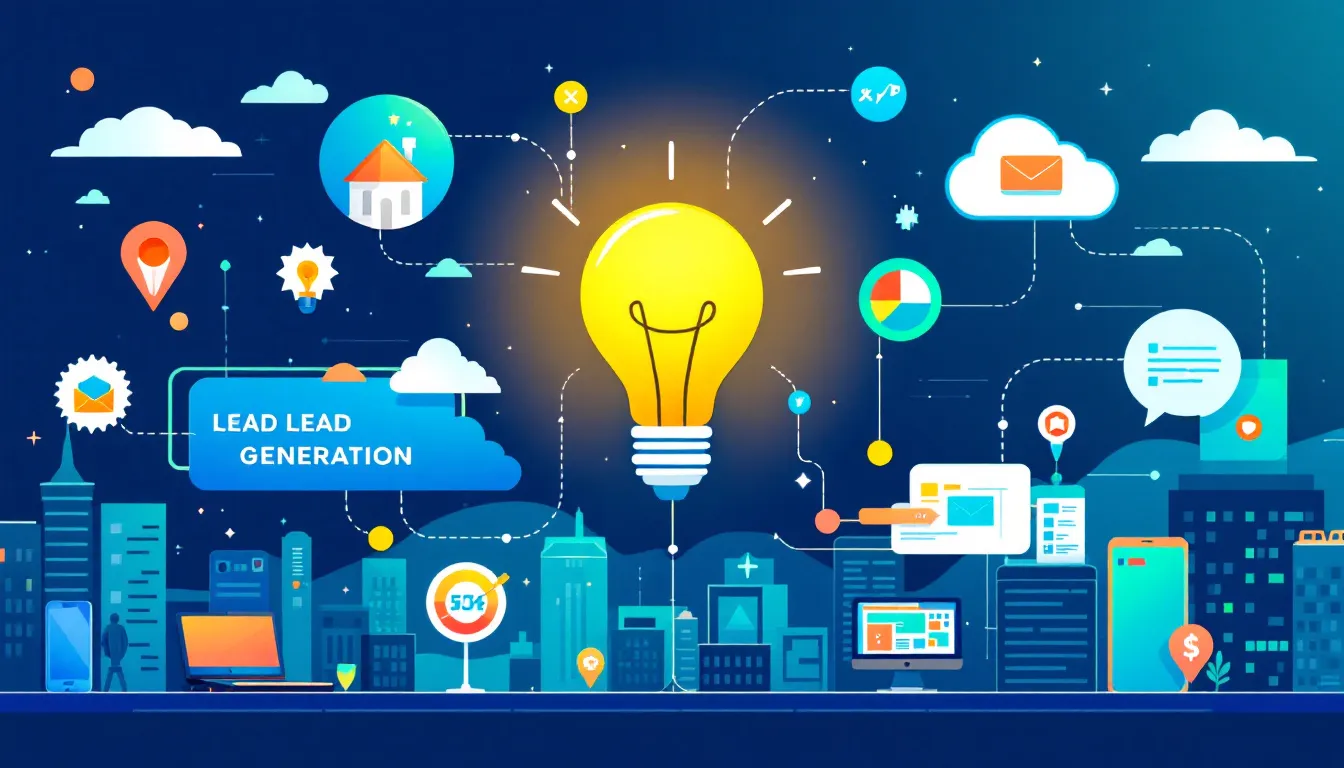
Implementing effective lead generation strategies involves a combination of both inbound and outbound tactics tailored to your target market. Inbound lead generation focuses on attracting potential leads through valuable content, while outbound lead generation involves direct sales engagement with prospects who may not be actively seeking your product or service.
The following subsections will explore these strategies in detail.
Inbound Lead Generation
Inbound lead generation is a strategy that attracts customers through valuable content. This approach provides a cost-effective and sustainable way to acquire qualified leads. High-quality content that addresses user pain points is essential for attracting and converting leads in inbound marketing. Creating informative and engaging content helps attract potential leads and guide them through the lead generation funnel.
SEO plays a crucial role in inbound lead generation. Optimizing content for search engines enhances the quantity and quality of organic traffic. High search query rankings drive sustained traffic flow, which is free and can lead to more leads over time. Calls-to-action, landing pages, and lead capture forms are tools used to convert visitors into leads.
Gated content, such as eBooks or webinars, can significantly increase lead capture rates. Offering valuable resources in exchange for lead information allows businesses to nurture leads and advance them through the funnel. Data from personas influences the type of content created for different stages of the funnel, ensuring that the content is relevant and engaging for the target audience.
Outbound Lead Generation
Outbound lead generation involves reaching out directly to potential customers to generate interest. This strategy includes cold calls, emails, direct mail, and advertising. The goal of outbound lead generation is to capture interest and convert prospects into leads. Unlike inbound methods, outbound lead generation focuses on initiating contact with unengaged prospects.
LinkedIn is a highly effective platform for B2B lead generation due to its professional focus. Leveraging LinkedIn’s network allows businesses to connect with potential leads who may not be actively seeking their product or service. This approach engages potential customers who may not be aware of the product but could benefit from it.
Outbound lead generation is characterized by its proactive approach to engaging potential leads. Targeted advertising and personalized outreach capture high-quality prospects’ interest and guide them through the sales funnel. This strategy complements inbound lead generation, providing a balanced approach to lead acquisition.
Leveraging Social Media for Lead Generation
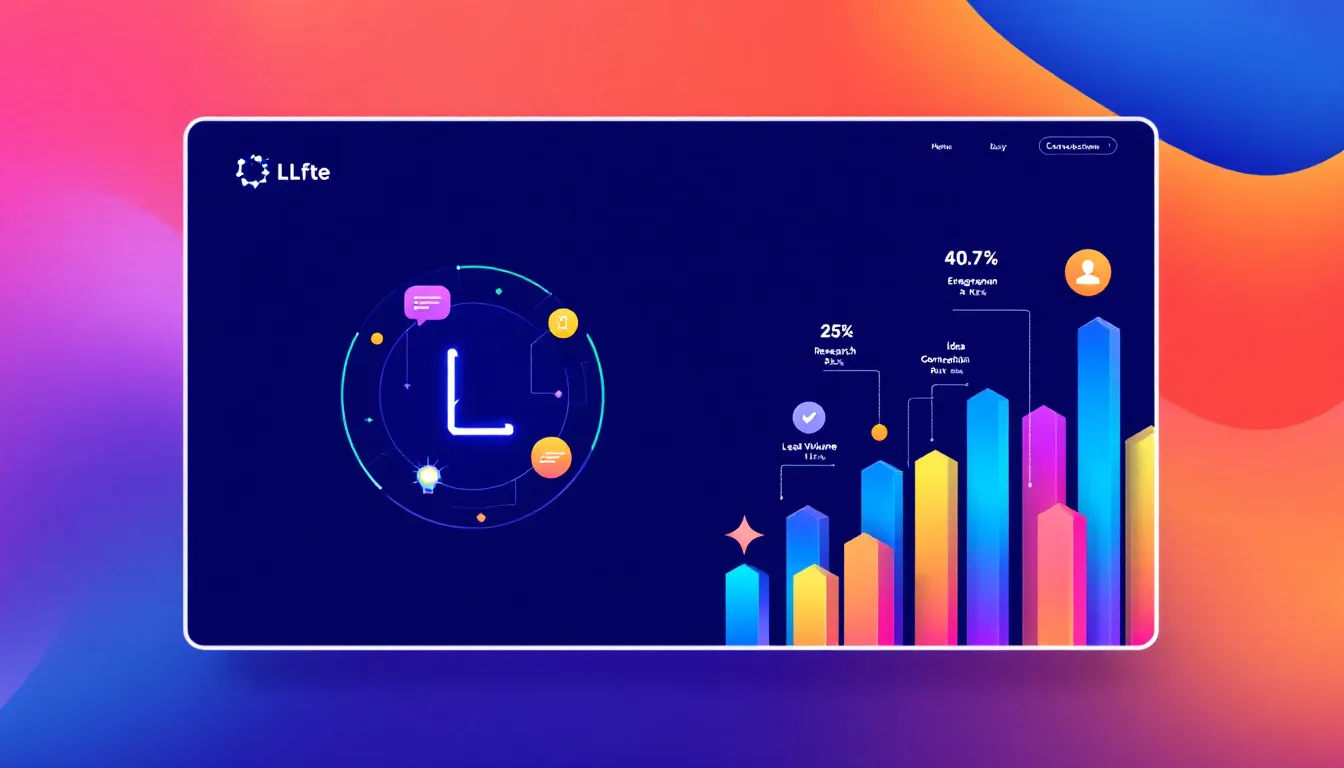
Social media platforms host 4.89 billion users globally, making them an essential channel for businesses to connect with potential leads. Effective lead generation on social media can expand brand reach and enhance customer engagement by tapping into diverse audience segments. Social media marketing enables businesses to generate leads directly and nurture relationships with their target audience.
Paid social media ads allow for targeted marketing, enabling brands to reach specific demographics and increase conversions. Lead generation ads simplify the process by allowing users to input their information directly on social platforms, streamlining the conversion process. Retargeting ads help re-engage users who previously interacted with your brand, reminding them to complete their purchase or sign-up.
Collaborating with influencers can broaden reach and credibility, as their audience may trust endorsements from familiar personalities. Showcasing customer testimonials on social media serves as social proof and can significantly influence potential leads’ purchasing decisions. Implementing referral campaigns encourages existing customers to recommend your products or services, potentially doubling lead generation.
Social listening enables brands to identify potential leads by monitoring conversations about relevant topics or competitor brands. Employee advocacy programs can harness the social networks of employees to generate qualified leads and enhance brand visibility. These strategies enable businesses to effectively utilize social media platforms for lead generation.
Creating High-Quality Content
Creating engaging content is essential for attracting potential leads and driving conversions. High-quality content can significantly increase trust levels with potential customers, which is crucial for lead generation. Content marketing is essential for attracting the right audience, enhancing SEO efforts, and nurturing leads throughout their buying journey.
Effective content should be tailored to address specific needs and pain points of the target audience. Personalization in content marketing can lead to higher engagement and conversion rates by making prospects feel valued. Visual elements, such as infographics and educational videos, can increase the effectiveness of content in generating leads.
Webinars can effectively address common customer pain points and showcase solutions directly. Offering interactive elements during webinars, like polls or live Q&A, enhances participant engagement. Engaging an audience with quality content is essential, as producing great content alone isn’t enough.
Implementing Lead Scoring Systems
A lead scoring system assigns points based on specific actions, such as webinar attendance or whitepaper downloads, helping prioritize leads. This system allows sales teams to focus their efforts on leads that are most likely to convert, thereby improving efficiency. Implementing lead scoring results in increased efficiency in sales by allowing teams to concentrate on high-quality leads.
Lead scoring systems streamline sales processes by focusing on leads that are more likely to convert. A combined score of attributes indicates a lead’s fit for the product or service and their buying stage. Predictive lead scoring uses historical data and patterns to automate the scoring process and improve accuracy.
CRM systems with built-in lead scoring functionality can automate lead scoring and integrate data collection. Utilizing both manual and predictive lead scoring methods combines control with data-driven insights. Lead generation tools can integrate with CRMs to streamline data management and enhance lead qualification.
It’s essential to continuously refine criteria for qualifying and scoring leads to adapt to changing market conditions. A common understanding of lead attributes among sales and marketing teams improves alignment and facilitates better lead scoring. By implementing and refining lead scoring systems, businesses can ensure that their lead generation efforts are focused on the most promising prospects.
Utilizing Lead Generation Tools
Lead generation tools are software solutions designed to capture and manage leads efficiently. These tools are critical for businesses aiming to streamline their lead generation process and maximize their lead capture potential. Typical features of a lead generation tool include contact forms, landing page builders, and email automation, which help automate and optimize lead generation efforts.
Sales intelligence tools play a vital role in gathering accurate customer information in bulk. These tools provide valuable insights into potential leads, allowing businesses to tailor their marketing campaigns more effectively. Visitor identification tools, for instance, can identify visitors and understand their intent without filling out lead forms, gathering company-level data on a large percentage of website visitors.
Site chat tools, provided by companies like Drift and Intercom, offer real-time engagement with website visitors, enhancing the lead capture process. By utilizing these tools, businesses can ensure that they are capturing high-quality leads and managing them effectively throughout the lead generation funnel.
Nurturing Your Leads
Nurturing leads is a crucial aspect of the lead generation process, as it helps build relationships and fosters trust with potential customers. Engaging methods include newsletters, product updates, and personalized offers, which keep leads informed and interested in your offerings. Utilizing marketing automation can enhance lead nurturing based on user behavior, ensuring timely and relevant communication.
The following subsections will delve into specific nurturing strategies such as email drip campaigns and webinars.
Email Drip Campaigns
Email drip campaigns are automated sequences that deliver targeted messages to leads based on their behavior and interaction with your content. These campaigns can be tailored to the lead’s behavior and preferences, ensuring relevant engagement and keeping the lead interested in your offerings. Timely and personalized content in email drip campaigns can significantly enhance lead nurturing.
Drip campaigns are designed to guide leads through the sales funnel, providing them with valuable information and addressing their pain points at each stage. For example, a lead who has visited your pricing page but hasn’t converted can receive an email with a special offer or additional information about your product’s benefits. This approach ensures that leads are continuously engaged and nurtured until they are ready to make a purchase.
The effectiveness of email drip campaigns lies in their ability to automate and personalize communication. By using data-driven insights and behavioral triggers, businesses can create highly targeted and effective lead nurturing campaigns that drive conversions and build lasting relationships with potential customers.
Webinars and Virtual Events
Hosting virtual events or webinars can attract an engaged audience and help gather leads by requiring sign-up information. These events provide direct customer interaction and insights, making them effective for lead generation. Addressing common customer pain points and showcasing solutions in webinars effectively nurtures leads and moves them closer to purchasing.
Webinars offer an interactive platform for businesses to demonstrate their expertise and build trust with potential leads. For example, a software company can use webinars to showcase advanced features and conduct Q&A sessions, providing valuable insights and addressing any concerns leads may have. This approach ensures that leads receive personalized attention and relevant information, enhancing their engagement and likelihood of conversion.
Virtual events and webinars are also an excellent way to gather valuable lead information. Requiring sign-up information helps businesses capture detailed data about leads, enabling more targeted follow-up and nurturing strategies. This approach ensures that leads are continuously engaged and nurtured throughout the sales funnel.
Measuring Lead Generation Success
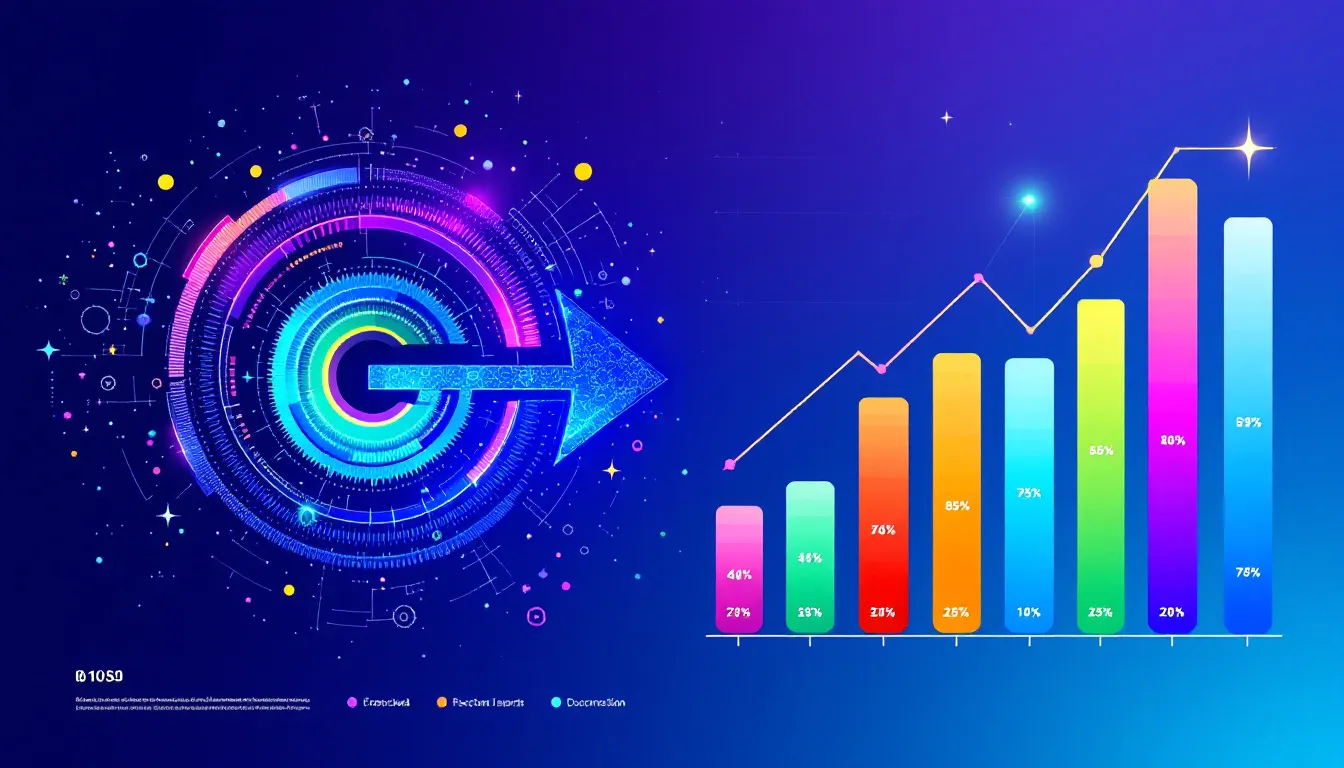
Measuring lead generation success is crucial for understanding the effectiveness of your lead generation strategies and identifying areas for improvement. Establishing precise objectives that align with your goals is the first step in this process. Key performance indicators (KPIs) such as conversion rates, lead quality, and return on investment (ROI) are vital metrics to track in lead generation.
Tracking website traffic, conversion rates, click-through rates, and email opens can provide insights into the overall effectiveness of your marketing efforts in generating interest. Cost per lead (CPL) measures financial efficiency by calculating the total campaign cost divided by the number of leads. Customer acquisition cost (CAC) evaluates the average expense needed to convert a lead into a customer.
Many lead generation platforms offer analytics features that track the performance of campaigns in real-time. These tools provide valuable insights into campaign performance, allowing businesses to refine and optimize their strategies based on data. Regularly analyzing and refining campaigns can significantly enhance conversion rates and improve lead quality.
ROI compares revenue generated to the total investment in lead generation activities, providing a clear picture of your lead generation efforts’ financial success. Continuous measurement and optimization of lead generation strategies ensure businesses achieve their objectives and drive growth.
Common Challenges in Lead Generation
Lead generation is not without its challenges. More than 60% of marketers view lead generation as their top challenge. Targeting the right audience is one of the biggest hurdles, as businesses must identify and reach potential leads who are genuinely interested in their products or services. Additionally, the number of people abandoning forms is steadily increasing, affecting lead generation efforts.
Creating personalized content is another significant challenge, with 83% of marketers struggling to produce content that resonates with their target audience. Effective lead generation requires understanding and addressing the specific needs and pain points of potential leads. However, 67% of lost sales are attributed to improper lead qualification, highlighting the importance of accurately qualifying leads.
Generating traffic and leads is a common challenge, with 63% of marketers finding it difficult to attract and convert generated leads. Many teams struggle to implement passive lead generation strategies effectively, often competing with other pitches to establish a connection with new accounts. Despite these challenges, effective lead generation remains a high priority for 85% of B2B organizations.
Overcoming these challenges requires a strategic approach to lead generation. Leveraging data-driven insights, optimizing lead capture mechanisms, and refining lead nurturing strategies help businesses address challenges and improve lead generation efforts.
Best Practices for Lead Generation
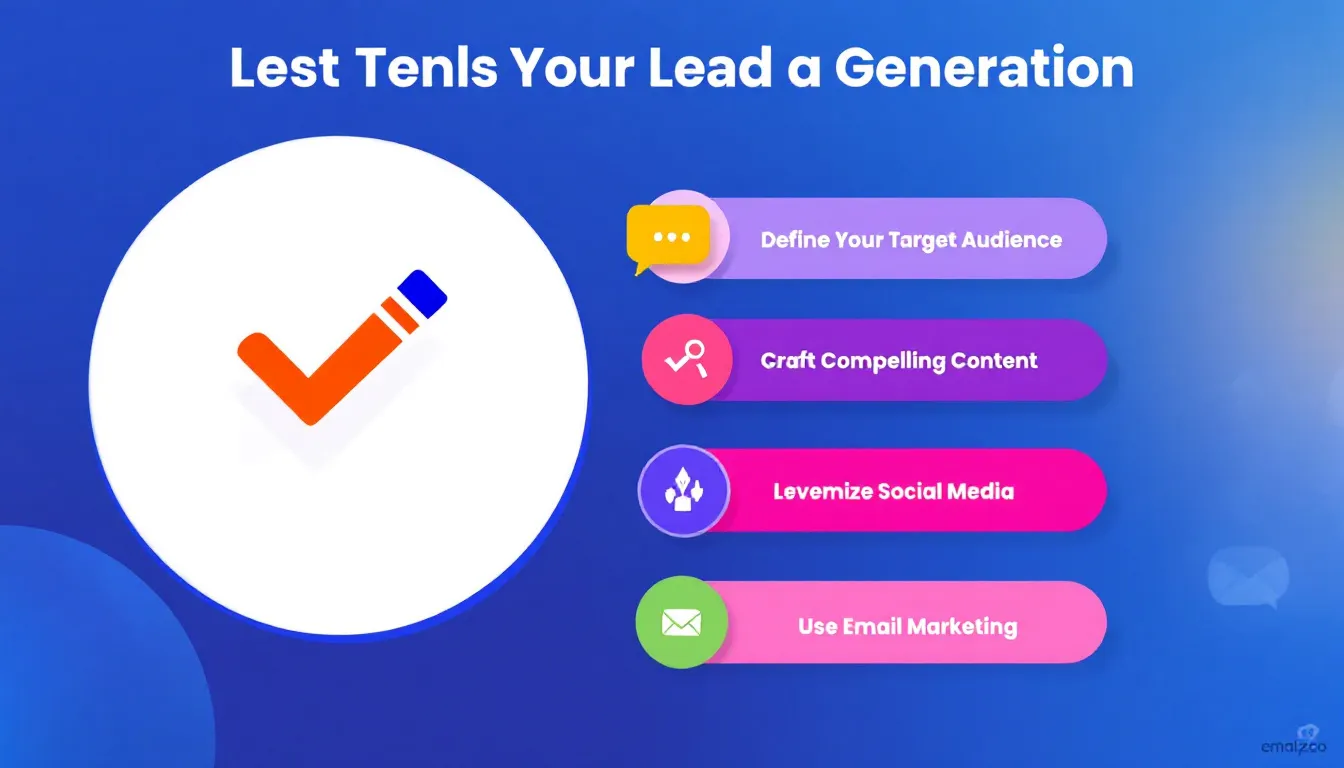
Adhering to best practices is essential for effective lead generation. A quality work ethic and commitment to transparency are fundamental principles that can significantly enhance lead generation efforts. Being laser-focused on your goal is crucial to achieving results in lead generation. Clear calls-to-action and user-friendly design are essential for improving conversion rates and capturing high-quality leads.
Persuasive sign-up forms and customer testimonials can enhance conversion rates for subscription services. Leveraging data insights can significantly improve the effectiveness of lead generation campaigns by providing valuable information about lead behavior and preferences. Utilizing these insights can also enhance lead nurturing strategies, ensuring timely and relevant communication with potential leads.
When asking for personal information through forms, it’s essential to be upfront and clear about how the information will be used. This transparency builds trust with potential leads and encourages them to share their information. Adhering to these best practices ensures that lead generation efforts are effective and efficient.
Summary
In conclusion, mastering lead generation in 2025 requires a comprehensive understanding of various strategies and tools. By combining inbound and outbound tactics, businesses can attract and convert high-quality leads effectively. Leveraging social media, creating high-quality content, and utilizing advanced lead generation tools are essential components of a successful lead generation strategy.
Implementing lead scoring systems and nurturing leads through email drip campaigns and webinars can significantly enhance lead quality and conversion rates. Measuring lead generation success through key performance indicators and continuously refining strategies based on data insights are crucial for achieving lead generation objectives and driving growth.
By overcoming common challenges and adhering to best practices, businesses can ensure that their lead generation efforts are effective and efficient. Embrace these strategies, and watch your lead generation efforts transform into a powerful engine for business growth.
Frequently Asked Questions
What is lead generation, and why is it important?
Lead generation is the process of attracting and converting potential customers into sales leads, making it essential for business growth by supplying sales teams with valuable contacts that fit their target market.
What are the key types of leads?
The key types of leads are Marketing Qualified Leads (MQLs), Sales Qualified Leads (SQLs), Product Qualified Leads (PQLs), and Service Qualified Leads, each distinguished by their behavior and engagement levels. Understanding these types is crucial for effectively targeting your marketing and sales efforts.
How can social media be leveraged for lead generation?
Leveraging social media for lead generation is most effective through paid ads, retargeting strategies, and influencer collaborations. Utilizing social listening and promoting employee advocacy can further enhance engagement with potential leads.
What are the benefits of implementing lead scoring systems?
Implementing lead scoring systems enhances efficiency by allowing sales teams to focus on high-potential leads, ultimately increasing conversion rates. This strategic approach ensures that marketing and sales resources are effectively utilized for maximum impact.
What are some common challenges in lead generation, and how can they be overcome?
Common challenges in lead generation include targeting the right audience and creating personalized content. These can be overcome by using data-driven insights and optimizing lead capture methods while continuously refining your lead nurturing strategies.

